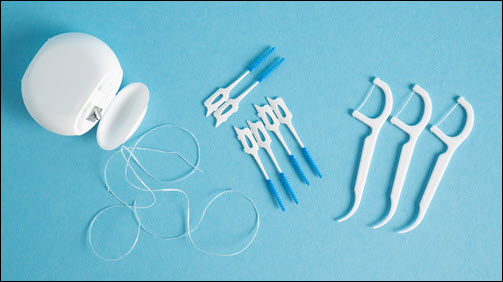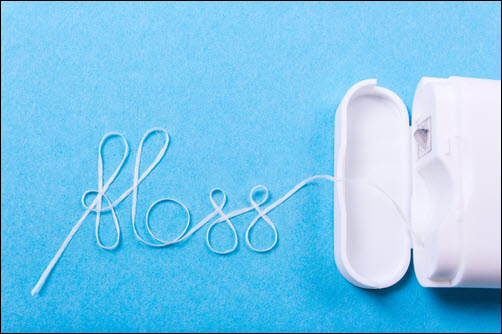Dental Floss: Tips and Tools for a Healthier Smile
Brushing your teeth twice a day, using mouthwash, and going to the dentist won’t replace flossing your teeth. They can prevent cavities. But they are not enough to altogether avoid dental problems! Flossing is essential in minimizing cavities and other dental concerns. Unfortunately, it is also something most people skip as part of their oral health routine.
Flossing at least twice daily is one of the best ways to protect your teeth. Proper flossing removes plaque from between the teeth and away from the gumline. This means less tooth decay and periodontal disease for a healthier, brighter smile. But flossing is more than just moving a piece of ‘string’ between your teeth. There is a way to do it to get optimum results.
How to Floss
1. If using floss, pull out about 16-18 inches and wrap it around your middle fingers. Leave a gap so you have 1-2 inches to work with. There will be extra floss to move into position as needed.
2. Pinch the floss between your thumb and index finger. Move the floss between the teeth in a zig-zag motion.
3. Using the floss, make a “C” shape around each tooth.
4. Slide the floss up and down the tooth’s surface and beneath the gum line.
5. Remember to floss both sides of each tooth.
6. You are getting the plaque out if the floss is brownish or frayed.
7. Unwind more floss from your fingers and continue until you have cleaned between all your teeth.
Types of Floss
 Traditional Floss (waxed or unwaxed)
Traditional Floss (waxed or unwaxed)
The most common are nylon floss, monofilament floss, or dental tape. Each of them does the job, so it often comes down to personal preference. Nylon floss is great if you have teeth that are very close together. Monofilament is a single strand of polytetrafluorethylene fiber easily slid between teeth. It is more break-resistant, so you usually will not need to replace it as often when you floss. Dental tape is a multi-strand nylon tape. It is excellent for people with larger spaces between their teeth.
Super Floss
This is pre-cut floss that has three distinct sections. It has a stiff end for threading it under bridgework, implants, or braces. A sponge-like section is designed for the spaces under a dental appliance, and a portion is regular floss for cleaning under the gums.
Interdental Brushes
These are available in several sizes. They have tiny tree-shaped brushes great for people treated for periodontal disease. The brushes are also effective for those who have healthy gums.
Flossing Pics
These are single-use products perfect for people who have trouble holding the floss between their fingers. They are also great for children lacking the dexterity needed for flossing. These tools are typically small plastic pieces with floss strung between the tines.
Brushing, mouthwash, and dentist visits are essential. But don’t forget to floss, too! If you have questions about flossing or other proactive methods for healthy teeth, ask one of our team members at Crosstown Dental Group Palmyra.

